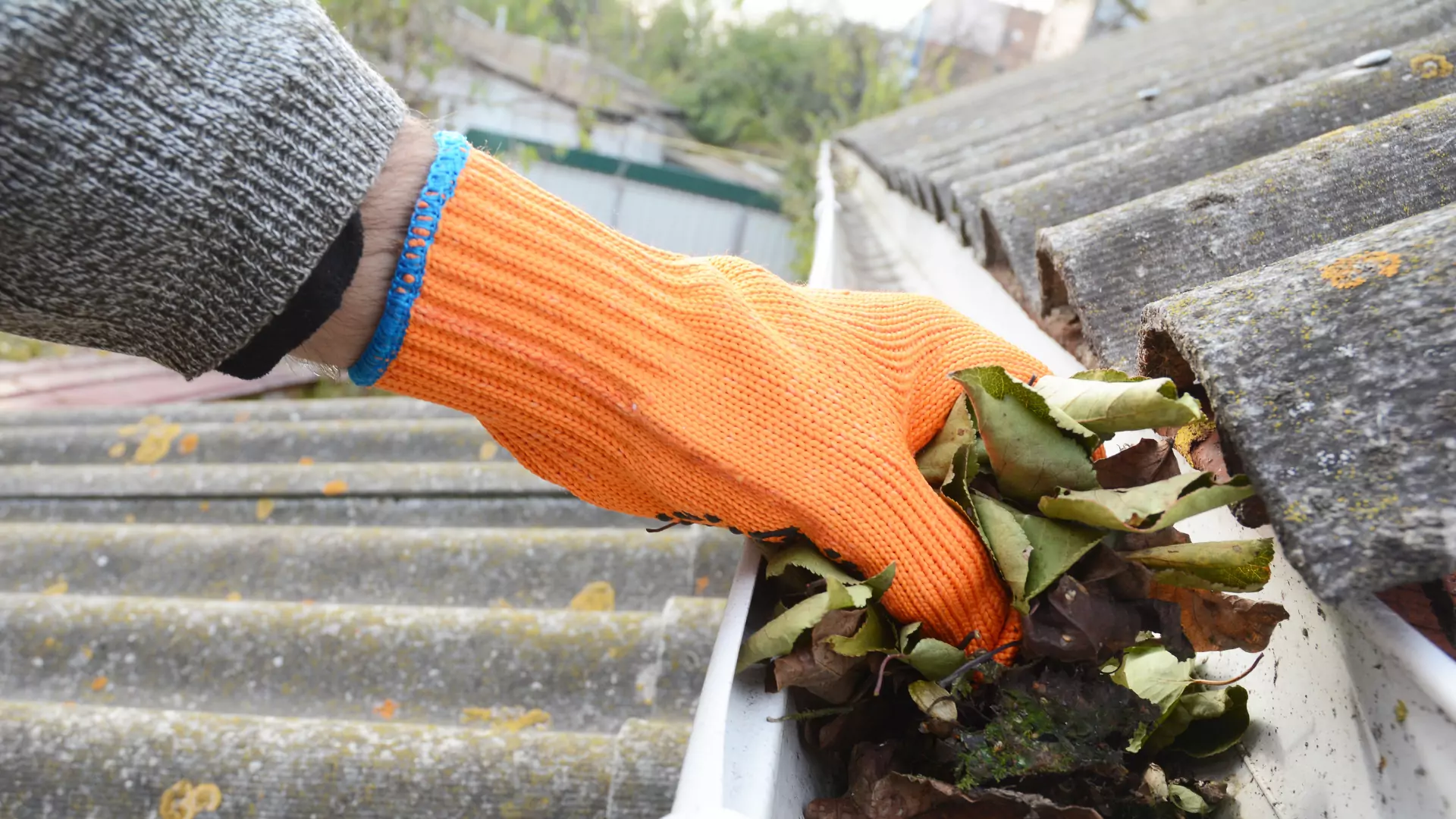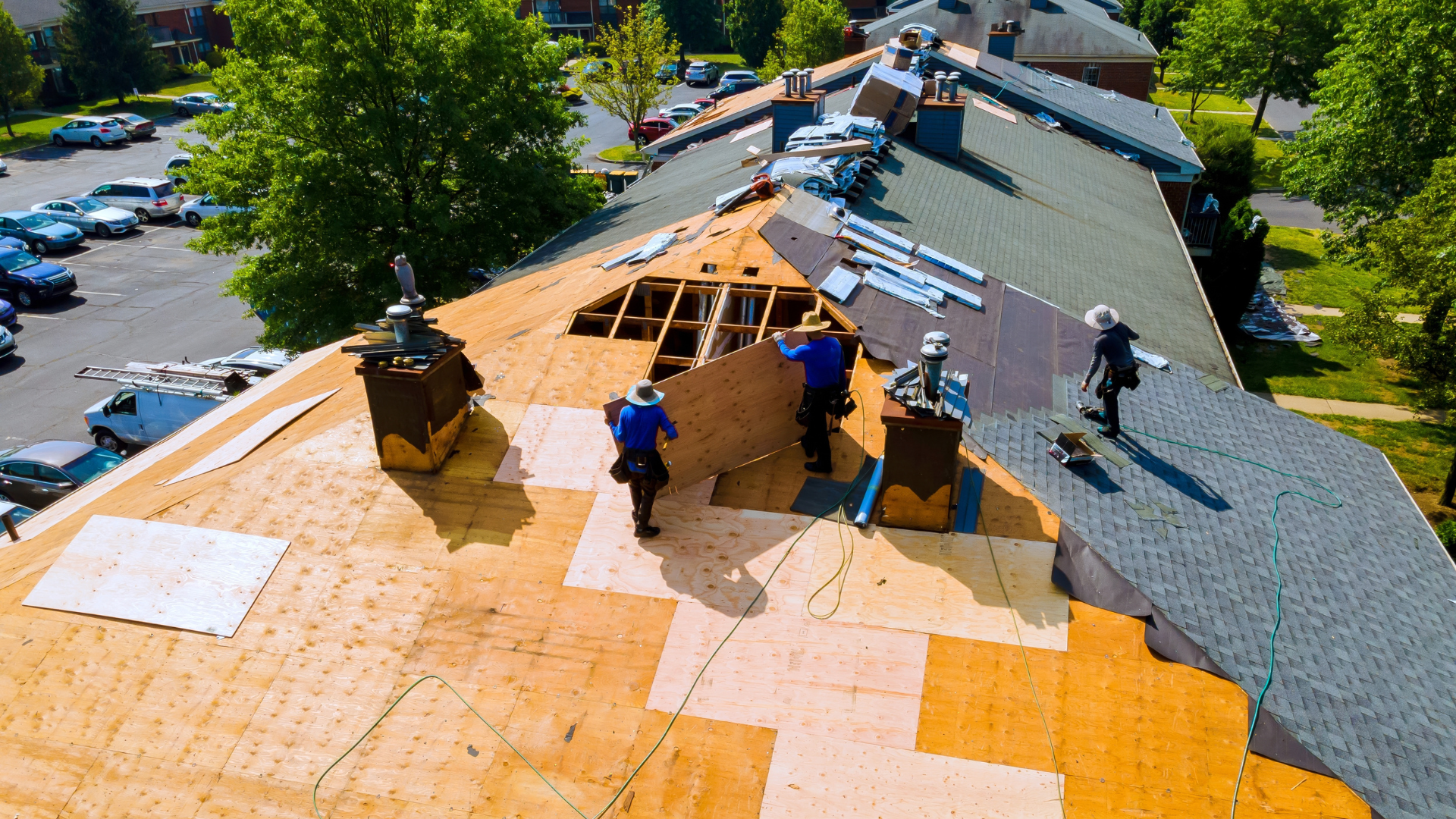Your home is often the biggest purchase you will ever make, and having a good, solid roof over your head is a huge part of having a safe home. In fact, a good roof can be in investment in and of itself. Surveys indicate that having a new roof will return nearly 70% of your investment when you go to sell your home.
If you have the option to re-roof or replace the entire roof, which is a better use of your time and money?
The short answer is that it depends. There are benefits to both options, but the one that works best for you will depend on how damaged or worn your roof may be.
What Is Re-Roofing?
Repairing your roof, rather than replacing it, will save time, money, and materials. However, there is an additional option, called re-roofing services, that is beyond a simple spot repair but also short of a full replacement. In this process, you recover an existing shingled roof. It is also often referred to as “roof recover.”
In general, if you only have one layer of shingles on your home, you may want to consider re-roofing or recovering instead of replacing the whole roof. However, you generally do not want to have more than two layers of shingles on your home at any time. In fact, many areas do not permit more than two layers based on local building codes. You must use longer nails, and the labor can become more difficult as well.
When Should I Replace Instead of Re-Roof?
In general, getting a replacement roof is almost always your best option. However, it can be a bit more expensive, so re-roofing or recovering may be the most cost-effective choice. Having two layers of shingles can serve as a good “back up” for the top layer of shingles as well.
You should replace if:
- You already have two layers of shingles on your home
- The decking beneath the shingles is damaged
- The first layer of shingles will not lay flat or has significant damage
- The existing roof is showing signs of sagging or lower spots (these will need some additional investigation)
- The roof does not look straight or feel solid
An overlay or recover will usually not last as long as a completely new roof. The shingles will last roughly 25% less time compared to simply replacing the roof.
Re-Roofing or Replacement: Which Option is Better?
There are pros and cons to each type of roof replacement. Re-roofing or recovering, for example, will require less labor and you will not have to deal with recycling or throwing away the existing shingles on your home. That means that the process is generally cheaper and faster. Keep in mind, however, that if you plan to be in the house when the roof needs replaced again, you may need to pay the additional labor costs to take the extra layer of shingles off your home down the road.
Recovering simply is not possible or recommended for some roofs. You will need to check your shingles to determine if re-roofing is an option. Keep in mind that recovering is generally only for asphalt-shingled roofs. If you have another type of material, such as metal or shake shingles, recovering likely will not be an option.
Roof replacement is more costly, but it will also last longer than doing a recover. In the long run, it is often worth the extra cost if you plan to stay in your home on a long-term basis because you will have to pay the money you saved in the recover eventually regardless.
All in all, your unique situation will determine whether re-roofing or roof replacement will work best for you. Talk to a professional to get his or her opinion about your roof.
FAQ’s
How to repair roof shingles?
Loosen the tabs under the broken shingles and the next two courses above it. Push the flat bar up under the damaged shingle to each nail.Pop out the nails, push shingle down from the nail head and pull out the nail. Lift the undamaged ones above the damaged shingles and remove the nails then pull it out. Slide the new shingle into place and nail at the top of the slots between the tabs, just above the sealant strip.
How to fix lifted shingles?
At 45-degree angle cut the tip of the roofing sealant. Load it inside the caulking gun. Take the shingle off. Apply a suitable amount of roofing sealant. Push the shingle back into place. Weigh the shingle down using a heavy object like a break for not more than 24 hours.In addition defective shingles are an issue and aren’t resilient to temperature changes thus more susceptible to bend out of shape. Contact a shingle manufacturer if so.
Why is it unwise to have more than two layers of shingles?
It is unwise to use more than two layers of shingles mainly because it can shorten the lifespan of your roof. Too much heat will be trapped in the layers, which will lead to the materials degrading faster. Leaving you having to replace your roof shingles more frequently. The additional weight can also damage the structure of your roof. In some areas, having more than two layers of shingles is forbidden in the building regulations.
Is partial roof replacement possible?
In some cases, a partial roof replacement is possible. It depends on the type of damage and how extensive it is. An experienced roofing professional will be able to carry out an assessment and explain all of the options to you.
Is re-roofing ideal for non-asphalt shingles?
Re-roofing is ideal for non-asphalt shingles. Usually, it is not possible or desirable to lay wood, slate, or metal shingles over the old ones. But, it is rarely necessary to replace the entire roof. Individual shingles can easily be removed and replaced. Often, it is possible to use secondhand shingles to keep the cost down and stop the roof looking patchy.








